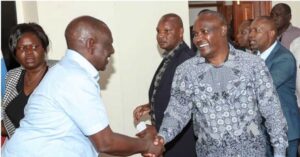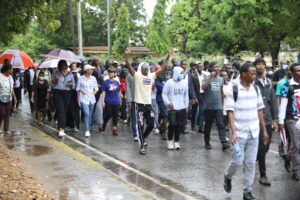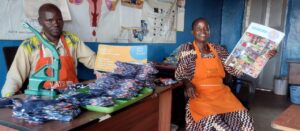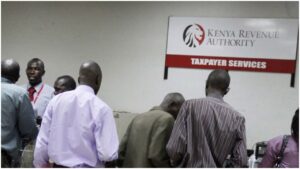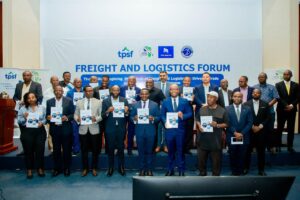Friends of Nairobi National Park
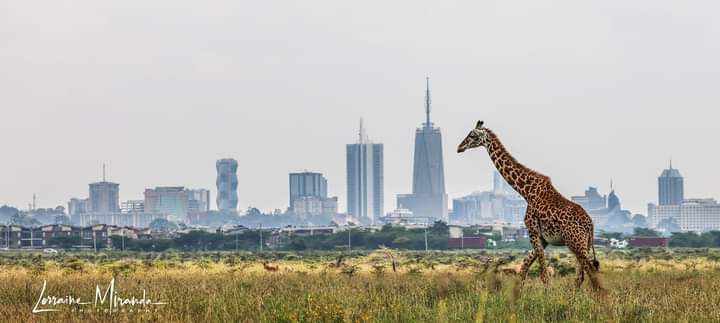
Friends of Nairobi National Park (FoNNaP) is a non-profit making membership society registered under the Societies ACT of Kenya.
FoNNaP was founded in 1995 and is dedicated to assisting the Kenya Wildlife Service (KWS) in nurturing and preserving biodiversity within Nairobi National Park and the broader ecosystem to which the park belongs.
FoNNaP has been very instrumental in ensuring open sections of the wet–season migration routes and dispersal areas historically used by wild animals.
We remain committed to a cohesive conservation strategy allowing wildlife and community members to co-exist in the existing dispersal areas.

We are concerned with showcasing the park as a heritage of inestimable values by expanding its importance in the minds and hearts of visitors and Kenyans.
We are defending the park and dispersal area from negative developments by way of advocacy, and using the expertise of our membership to enhance the advocacy capacity of Kenya Wildlife Service in addressing matters such as water pollution.
Our influence on political and high-level issues, such as the Wildlife Bill, the drafting of Park management plan and infrastructure has seen the integrity of Nairobi National park is guarded by individual citizens and having their voices heard.
We continue to maximize voluntary participation and commitment of our members and the youth through action oriented activities such as park clean ups, game counts, conservation education giving them the opportunity of representation.
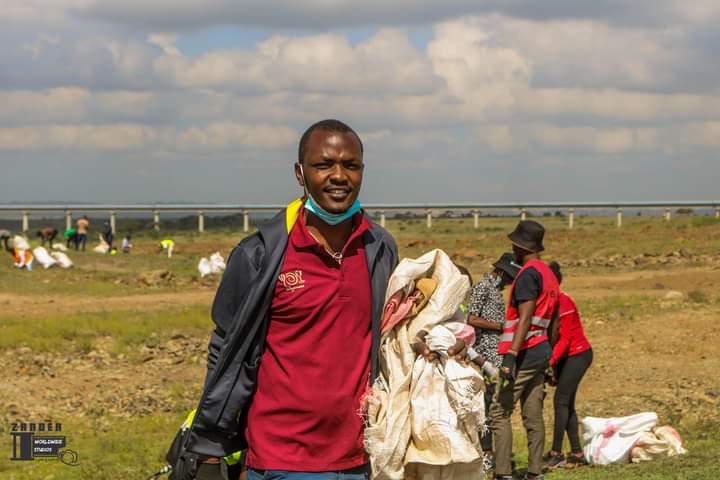
The main mission of FoNNaP is to inspire and assist the current and future generations by keeping the park and the dispersal areas alive, through engaging with KWS and other partners
Today after 76 years since its declaration, Nairobi National Park continues to face numerous challenges from Human wildlife conflicts, Invasive species, climate change relates factors, habitat fragmentation at the dispersal areas and increased need for more infrastructure.
We are on the frontline to establish possible solutions concerning the park and the neighbouring ecosystem, through collaborations.

